The 9 Best Fruits for Diabetics
Key Takeaways
- If you have prediabetes or diabetes, be sure to check a fruit’s glycemic index (GI) and glycemic load (GL)
- Fruits with a low GI and low GL are better for keeping blood sugar levels in check. Fruits with a high GI and GL can cause rapid blood sugar spikes, so you should eat them in moderation.
- Pair fruits with fiber, healthy fats, or proteins, like nuts, seeds or yogurt. These foods take longer to digest, which helps prevent sugar from entering your blood too quickly.
When you have diabetes, it's important to choose foods that keep your blood sugar (glucose) stable. One of the areas many people get confused about is fruits. Do they have too much sugar? Are they good for diabetics? And if so, which ones?
The reality is that not all fruits are equal. Some can help your body regulate your blood sugar levels. Others can cause unwanted blood sugar spikes. This is because different fruits have varying amounts (and types) of protein, fats and carbohydrates. All of these nutrients affect your body’s blood sugar levels differently.
Two metrics—the glycemic index (GI) and glycemic load (GL)—can help you choose fruits for your blood sugar. In this blog post, we'll break down the best fruits for your diabetes diet, along with their GI and GL.
Glycemic index (GI) and glycemic load (GL)
When you're choosing a fruit, it's important to understand two terms: glycemic index (GI) and glycemic load (GL).
The glycemic index (GI) measures how quickly a specific food causes your blood sugar to rise. Foods with a high GI can cause fast spikes in blood sugar. Foods with a low GI are digested more slowly, causing a more gradual rise in blood sugar levels.
Fruits with a low GI (1 to 55) are a healthier choice for diabetics. Foods with a medium GI (56 to 69) or a high GI (70 and higher) can cause blood sugar to rise more quickly.
The glycemic load helps predict how a food will affect blood sugar levels. It’s measured by looking at two things: GI and the number of carbs in a serving. A GL of 10 or less is low, which is better for those with diabetes. A GL of 11 to 19 is medium. A GL of 20 or more is high.
GI and GL are important to know for both Type 1 and Type 2 diabetics.
Top fruits for diabetics
1. Apples
The GI of an apple ranges from 32 to 38 (low). The GL of an apple is about 4.7 (low).
Along with their low GI and GL, apples also have high fiber content. Fiber slows down how quickly your body absorbs sugar, which helps steady your blood sugar levels. Apple skin has the highest amount of fiber, so leave the peel on if you can.
2. Berries
Berries—including blueberries, blackberries, raspberries and strawberries—have a low GI range of 28-40. The GL for a ½ cup can depend on the type of berry. However, it’s typically between 2 and 7.2 (a low glycemic load).
Berries are packed with antioxidants. They are also low in carbohydrates, with about 21 grams of carbs per cup.
3. Kiwi
These tart green fruits have a GI of 50 (low) and a GL of 7.7 (low), making them a healthy option for diabetics.
Kiwis are also an excellent source of vitamin C and fiber. As always, portion size is important; one medium-sized kiwi is typically equal to a serving of fruit.
4. Citrus fruits
Citrus fruits like grapefruit and oranges can be great choices for people with diabetes.
Oranges have a GI of around 43 (low) and a GL of 4.4 (low). Grapefruit has an even lower GI (25) and GL (1.2) for a 1/2 cup of chopped grapefruit. Citrus fruits are also rich in heart-healthy antioxidants, vitamin C, and flavonoids.
If you're on medication, talk with your healthcare provider before eating grapefruit. It can interact with certain drugs, including some blood pressure and cholesterol medications.
5. Avocados
Not only are avocados a fruit, but they’re also low in carbs and rich in healthy fats. Because of this, avocados can help you maintain a balanced diet and healthy weight. They have a GI of about 40 (low) and a GL of 1 (low) for about ½ a cup.
Avocados are also high in potassium and folate, two heart-healthy nutrients. Avocados can be a wonderful addition to your diabetes meal plan when consumed in moderation. However, too much potassium can be harmful to people with diabetes, so you should be mindful of your intake.
6. Apricots
With a GI of 34 (low) and a GL of 3.8 (low), fresh apricots can be part of a diabetes-friendly diet. Apricots are also a great source of vitamin A, fiber and antioxidants. A single apricot contains about 4 grams of carbs and has minimal impact on blood glucose levels.
7. Peaches
The GI of a peach is about 28 (low) and the GL is around 3 (low), making it a low-glycemic load fruit. Peaches are also a good source of fiber.
Peaches are rich in vitamins and minerals such as vitamin A, vitamin C, and potassium.
8. Nectarines
Nectarines are similar to peaches in terms of size, flavor, and glycemic load. They have a GI of about 40 and a GL of 4 per 100g of fruit (around ¾ of a whole nectarine). Their low GI and GL make these juicy fruits a healthy choice for diabetics.
9. Cherries
Depending on the serving size, the GL for a cup of fresh cherries is about 20 (low). Fresh cherries are also considered low-GI (5).
Cherries are also rich in anthocyanins, a type of antioxidant. Anthocyanins can help fight oxidative stress and inflammation, two factors often elevated in people with diabetes.
Fruits to be mindful of if you’re diabetic
There aren’t necessarily any “bad” fruits for people with diabetes. However, fruits with a higher GI and GL will cause your blood sugar to spike faster. Pairing them with proteins and healthy fats (like cheese, nuts, or yogurt) can help prevent blood sugar spikes.
In other words, you don’t need to avoid the fruits listed below. In fact, a review of studies focused on fruit intake and diabetes found that eating 200g of fresh fruit per day (about 1 ¼ cups of berries, an apple, or a banana) appears to prevent Type 2 diabetes and weight gain.
Instead, just try to eat high-GL and high-GI fruits in moderation.
1. Watermelon
People with diabetes can eat watermelon, but it’s important to watch portion size. Watermelon has a high GI of 74, which means it can spike blood sugar quickly. If you are eating it, be sure to monitor your glucose levels closely. This can help you get a sense for how your body responds to it.
2. Pineapple
Pineapple is a nutritious fruit that offers a range of vitamins and minerals. However, it's generally not recommended as a first-choice fruit for diabetics.
This is because pineapple's GI can range from moderate (59) to high (82) depending on its ripeness and how it’s processed.
3. Bananas
The GI for a ripe banana is 62 (medium). This means bananas can cause blood sugar to rise faster than low GI fruits. Bananas are also high in natural sugars, especially if they're overripe.
Bananas can still be enjoyed in moderation if you have diabetes. However, it's important to monitor their impact on glucose levels closely.
4. Canned fruits with added sugar
Canned fruits are often preserved in sugary syrup. The canning process can also deplete a fruit's natural fiber content.
Both of these factors can be problematic for people with diabetes. Added sugars can spike your blood glucose, and fiber is essential for slowing down sugar absorption.
For these reasons, canned fruit without added sugars can make for a healthier choice, or better yet, fresh or frozen fruit.
5. Dried fruit
Dried fruit can still be a healthy choice for people with diabetes. However, when fruits are dried, they lose a lot of water content but retain all of their sugar and calories. This means that dried fruits are smaller, but have just as much sugar and carbs as fresh fruit.
Don’t worry, you can still enjoy dried fruits! But you should reduce your portion size so you’re not ingesting too much sugar at once.
6. Fruit juice
Fruit juice can be a challenge for people with diabetes because it usually doesn’t have the fiber that whole fruits have. Without fiber to slow the absorption of sugar, fruit juice can cause rapid blood sugar spikes.
Many fruit juices also contain added sugar, which can increase both GL and GI. If you choose to have fruit juice, opt for 100% juice with no added sugars, limit the portion size.
How Sesame can help
Grappling with a recent diabetes diagnosis or struggling to manage your blood sugar? Book an online diabetes consult on Sesame with a licensed clinician. Your provider can give you guidance on how to manage your condition, plus tips for healthy eating.
Managing diabetes requires planning. However, it doesn't mean you have to eliminate fruits from your diet. By choosing low-GI options that are rich in fiber and packed with essential nutrients, you can enjoy fruit and all it has to offer!
Related posts

Gestational diabetes is a condition that arises during pregnancy when a pregnant woman experiences elevated blood glucose levels, also referred to as blood sugar levels.
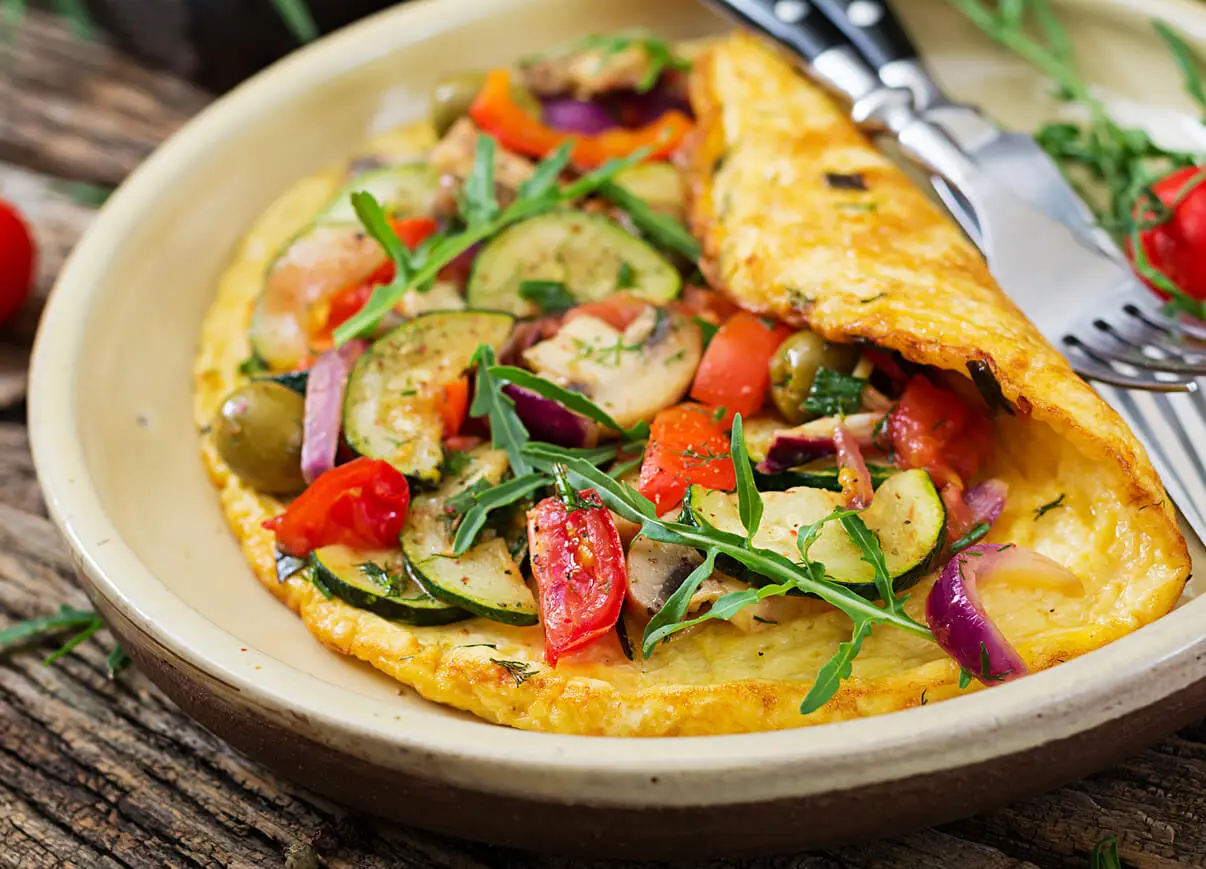
These diabetic-friendly breakfast foods are delicious, nutritious, and filling. Work these meals into your weekly diet to get your day started right.
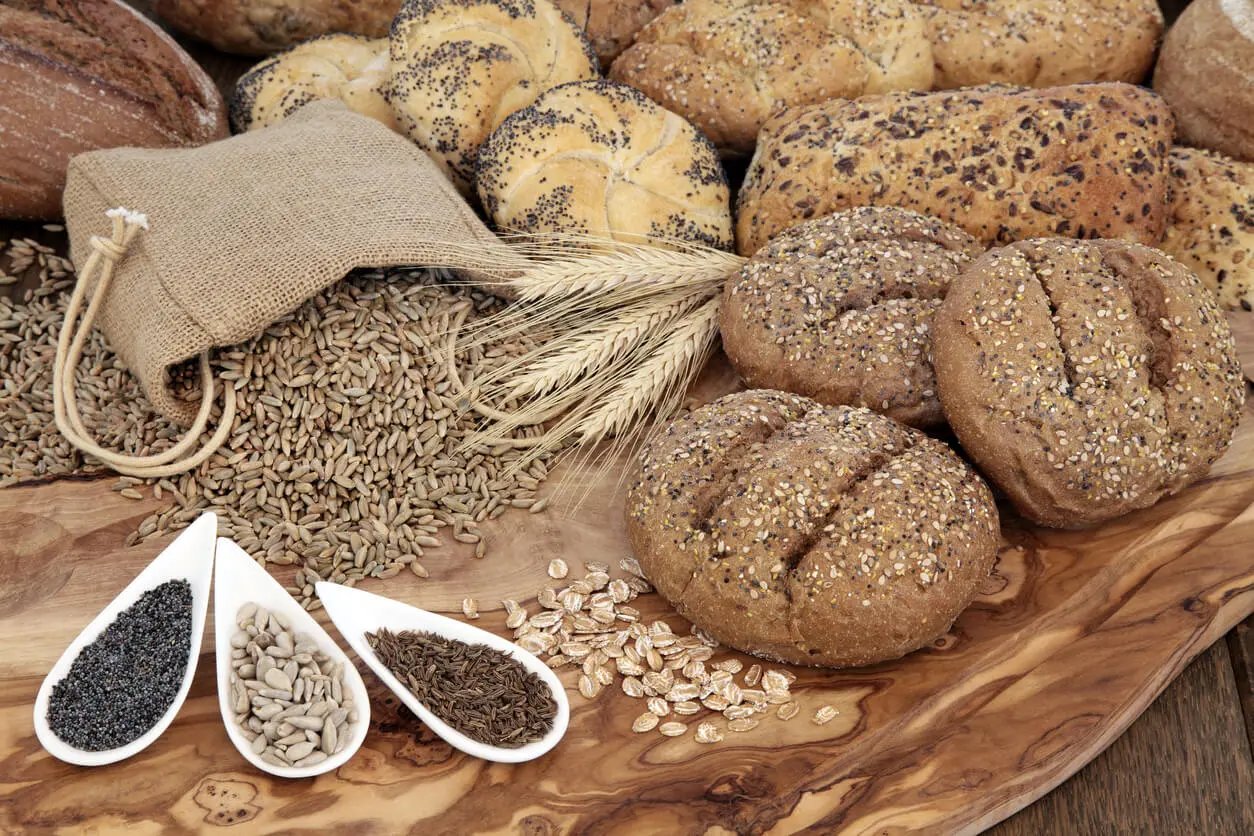
Here are some tips about what to look for when browsing the bread aisle and what to avoid. We’ll also point you toward some of your local grocery store's best bread brand options.

The DASH diet is a heart-healthy eating plan specifically designed to help lower blood pressure in patients with hypertension (high blood pressure). Learn more.

Prediabetes is a medical condition characterized by elevated blood sugar levels that are higher than normal but not yet in the diabetic range. It serves as a warning sign that an individual is at increased risk of developing type 2 diabetes.
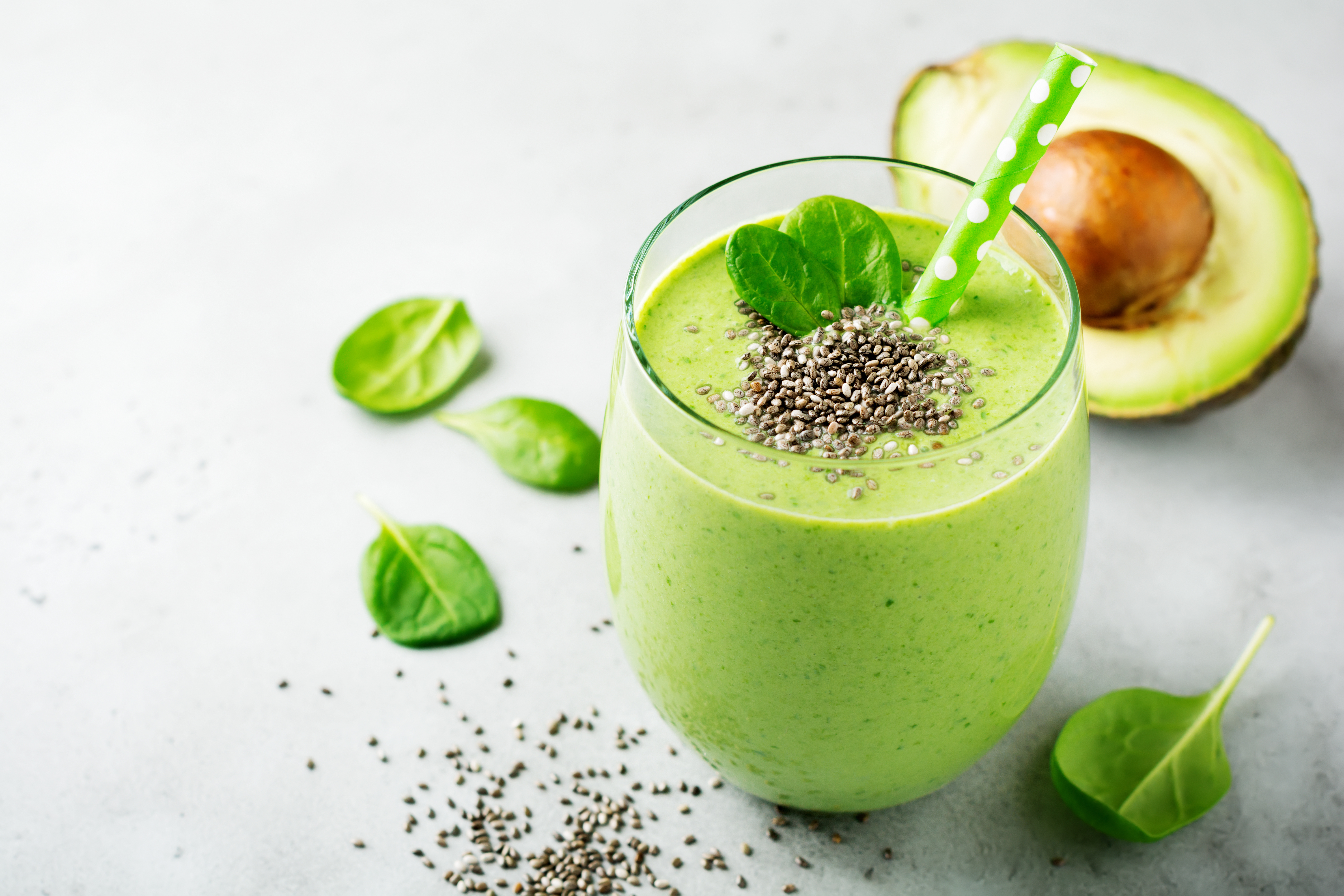
Celebrate National Nutrition Month by preparing these delicious recipes, complete with green superfoods like kale, spinach and avocado.

If you or your guests are looking for dairy-free, gluten-free, and vegan options, here are four easy-to-adjust, healthy Thanksgiving side dishes that everyone will love.
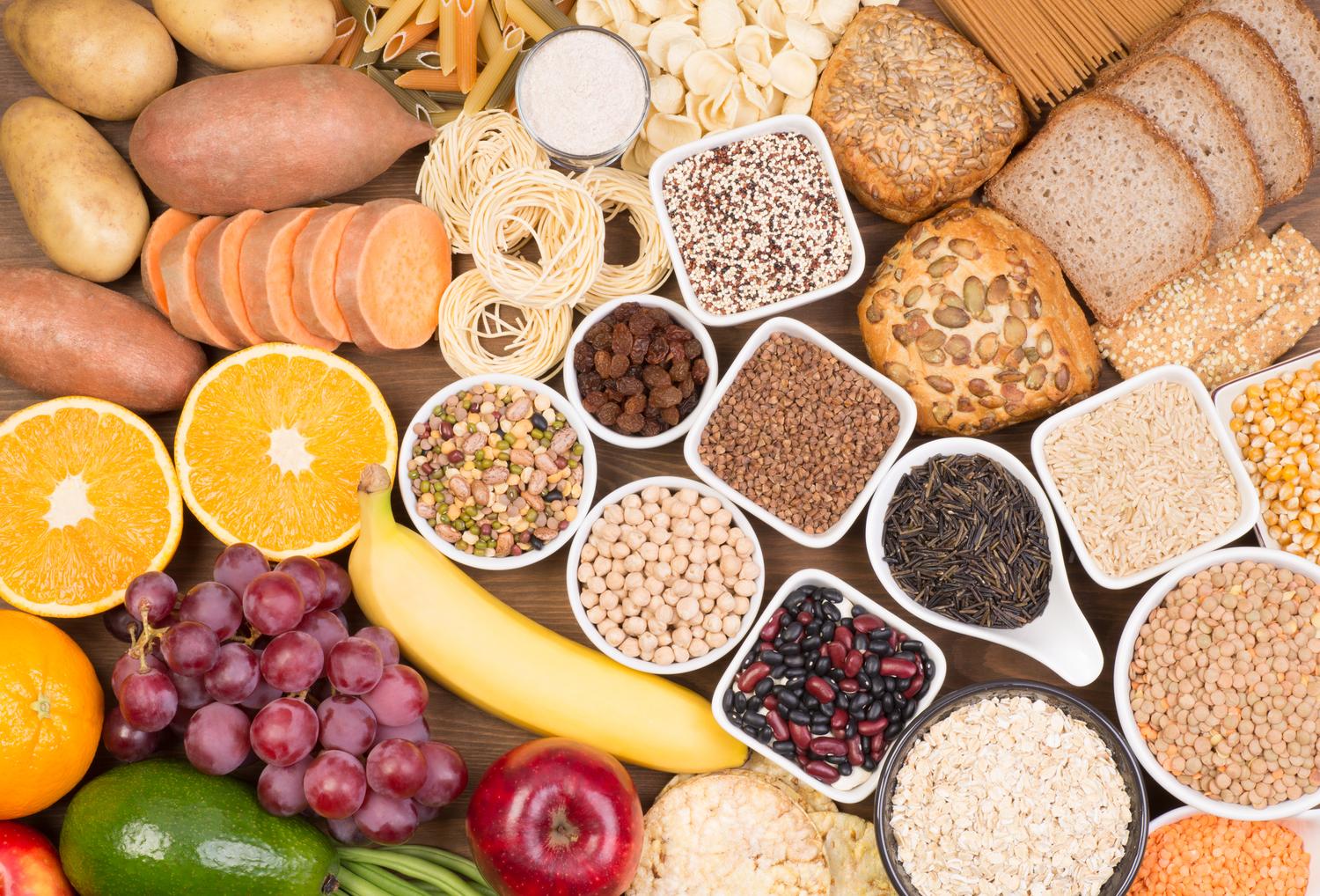
This article will talk about the role carbohydrates play in your body and how different types of carbs can affect you differently. We'll also delve into how carbs can impact your health and weight and help you determine your daily carb intake needs.
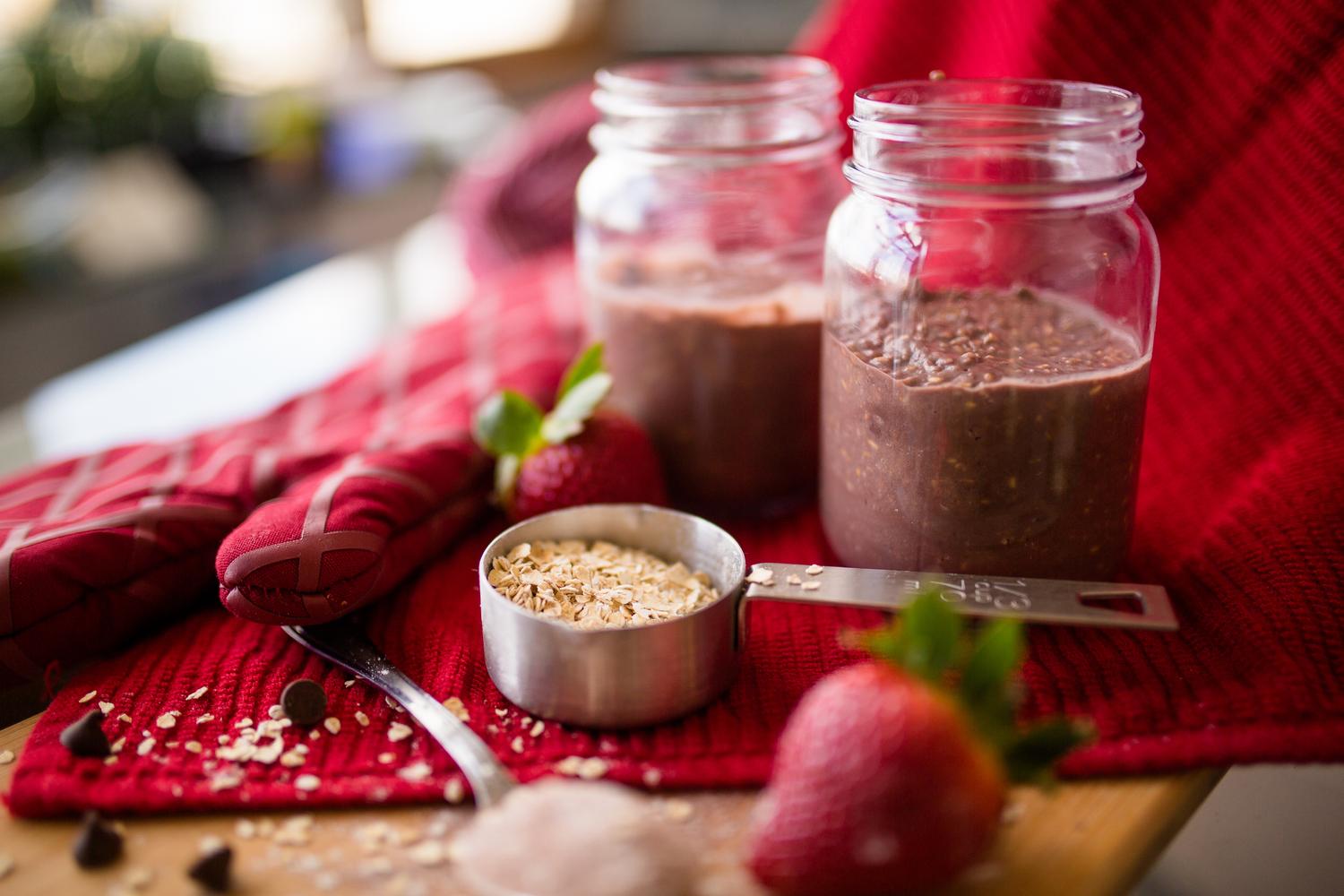
With brighter days and longer sunshine, it's time to enjoy April's abundant fruits. What better way to savor the season's freshest produce than by incorporating them into a delicious and nutritious breakfast?
